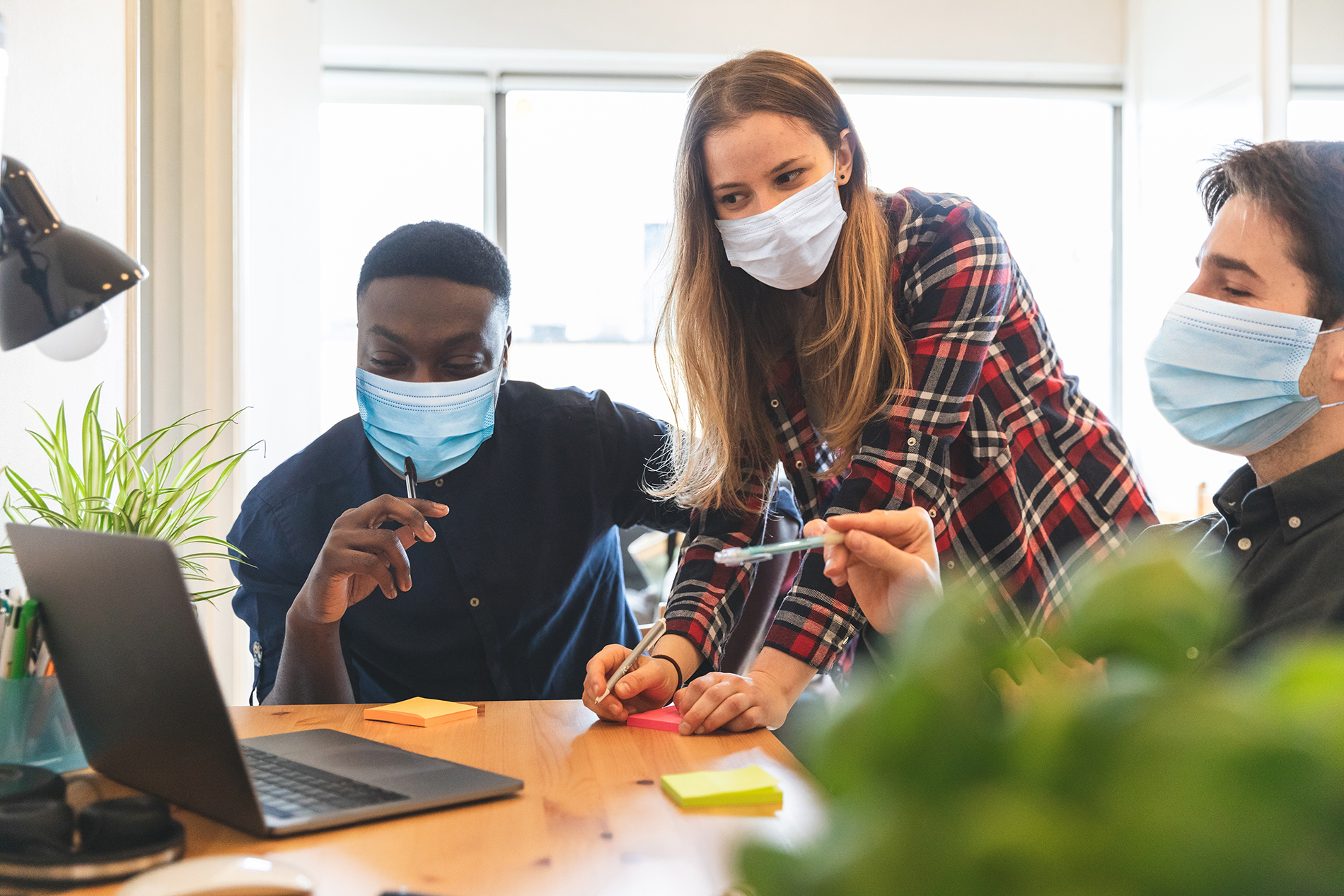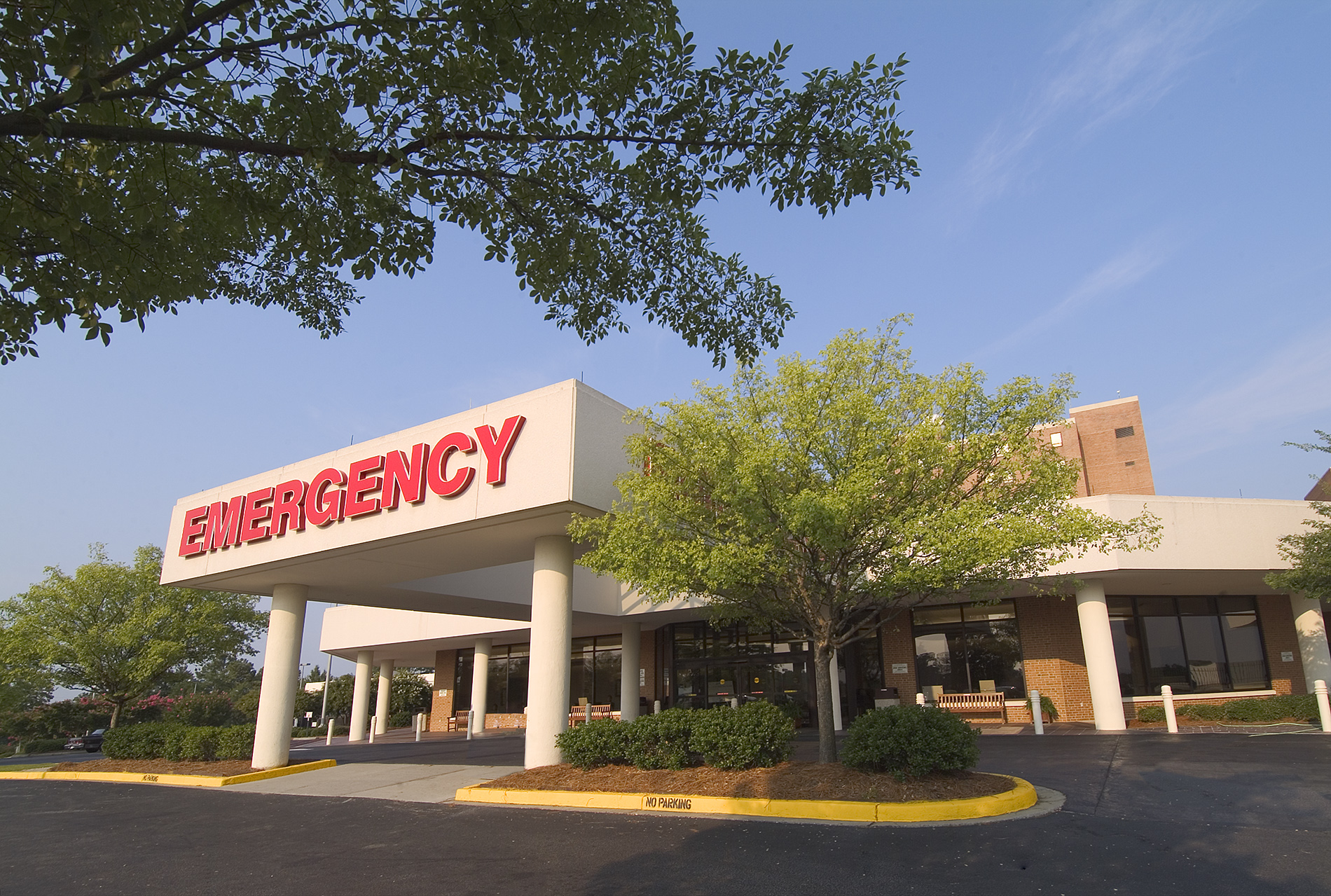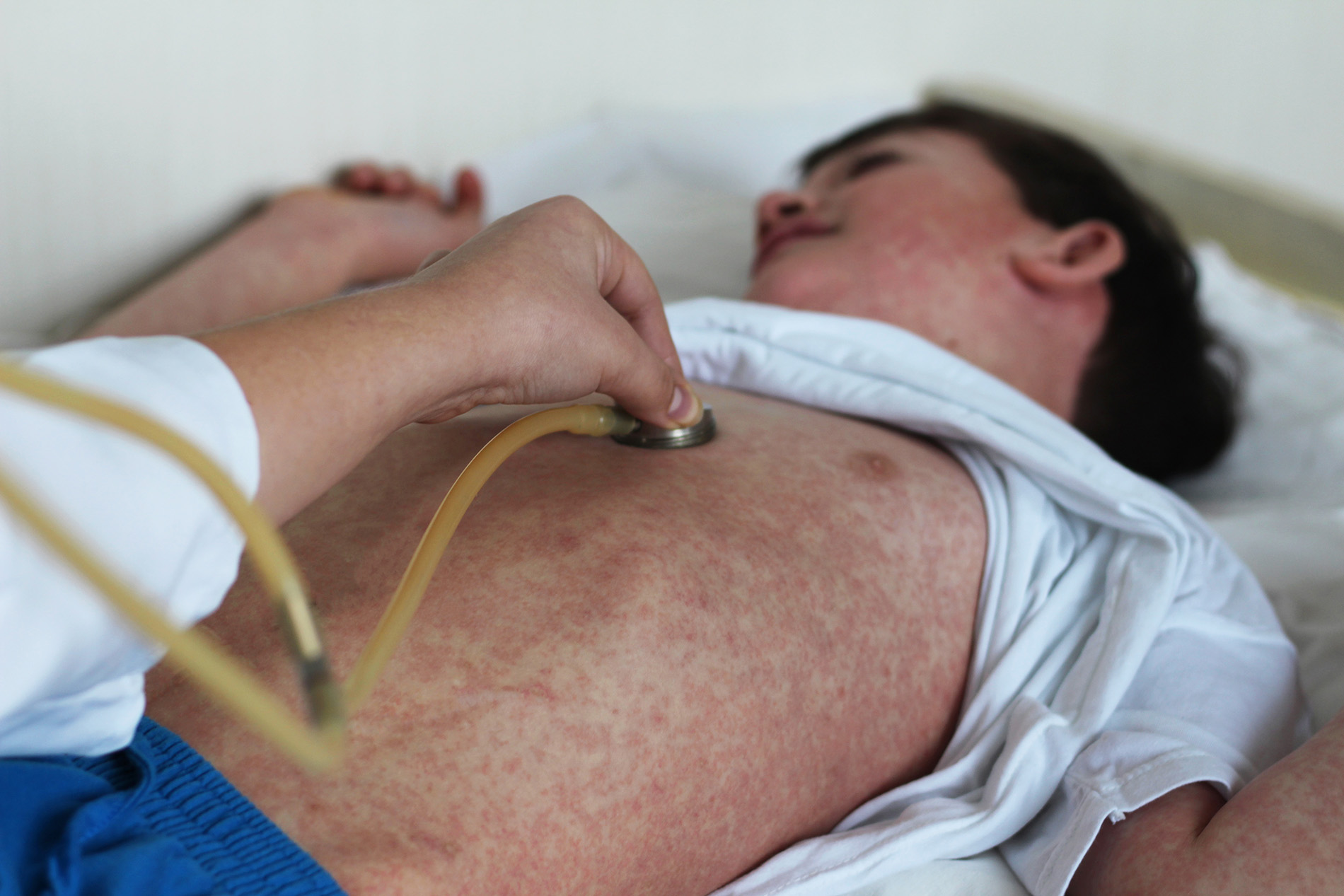While the COVID-19 pandemic continues, many employees need to report to work. Wesley D. Boose, MD, MPH, of Lexington Medical Center Occupational Health, explains the best practices for keeping everyone safe at the office.
COVID-19 moves quickly. As the pandemic evolves, employers, supervisors, senior executives and leaders should be aware of daily activities. Be the “undercover boss” and “inspect what you expect.” You can have a great COVID-19 mitigation plan in place at your work, but without the leadership and presence to execute that plan, it will fall apart quickly.
- Stagger start, break and departure times in high-population workplaces.
- Consider temporary break areas and restrooms to avoid large groups.
- Maintain at least six feet of distance from others, including on breaks.
- Provide signs and floor markers as social distancing reminders.
- Require workers to wear masks and encourage or require customers and other visitors to do the same.
- Implement strategies to improve ventilation.
Social Distancing
Social distancing is arguably the most effective and least political method of reducing transmission. If you don’t get close enough to someone, then you can’t transmit or catch the virus. As we work to reopen communities and move back into the workspace, social distancing is key if we want to continue to occupy public spaces and workspaces in a pre-pandemic fashion despite ongoing cases.
Six feet of distancing can be effective to prevent the spread of the virus and is the gold standard for distance. However, in the right setting, especially indoors with low ventilation and in dry conditions, particles containing the virus can travel more than six feet. Employees with concerns should consult building engineers, environmental control technicians or industrial hygienists.
Masking
In addition to unvaccinated and otherwise at-risk workers, the Centers for Disease Control and Prevention recommends that even fully vaccinated people wear masks in public indoor settings. That can help reduce transmission to someone in their household who is at-risk or not fully vaccinated.
Given the nationwide surge in COVID-19 cases, nearly everyone should wear a mask or face coverings in public. Face coverings should have at least two layers of tightly woven breathable material and no exhalation valves or vents. They should fit snugly over the nose, mouth, and chin with no gaps.
Vaccination
Vaccination is key in a multi-faceted, nationwide approach to the pandemic. COVID-19 vaccines are highly effective at protecting people against symptomatic and severe COVID-19 illness and death. According to the CDC, a growing body of evidence suggests that fully vaccinated people are far less likely than the unvaccinated to have a symptomatic infection or transmit the virus.
If you’re vaccinated, you should still wear a mask around others. New evidence suggests that even fully vaccinated people can spread COVID-19. Albeit, not to the extent that the unvaccinated can spread COVID-19.
Sanitizing
To keep shared workspaces clean, wipe them down with germicidal cleaning products after use. Staff should frequently clean high touch surfaces such as doorknobs, handrails and elevator controls.
Sick Days
Workplace guidelines should reflect current local, state and federal recommendations. Instruct workers who test positive for COVID-19, unvaccinated workers who have had close contact with someone who tested positive for COVID-19, and all workers with COVID-19 symptoms to stay home.
For more information about COVID-19 and vaccines, visit LexMed.com/COVID.







Leave a comment